Asymmetry as a function of Omega:
I have generated the (e,e'd) asymmetries as function of (hadron)
omega, which Simon also included into the draft paper. When
calculating these asymmetries I also tried to estimate the false
asymmetry my comparing the HPW-in and HWP-out data. When I
did that, I got -1% asymmetry. If this would be true, we would
have a serious problem.
01.) 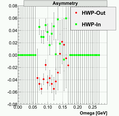 02.)
02.) 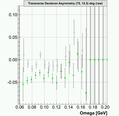
Therefore, I dag more into the problem,
considered Doug's advice and found the problem. When Joining the
HWP-in and HWP-out data, by using weighted average the statistics
of each data set is not important. However, when calculating the
difference, the statistics of each set becomes relevant. See
figures below.
03.) 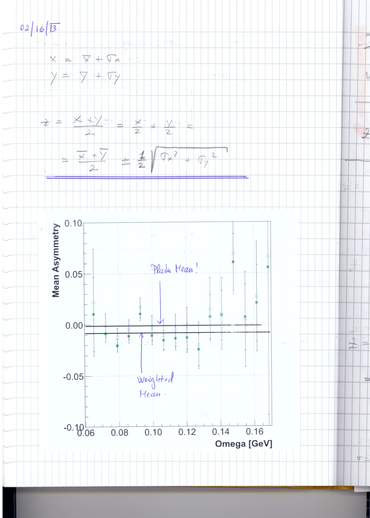 04.)
04.) 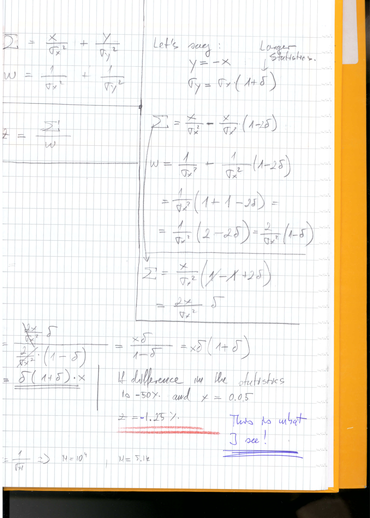 05.)
05.) 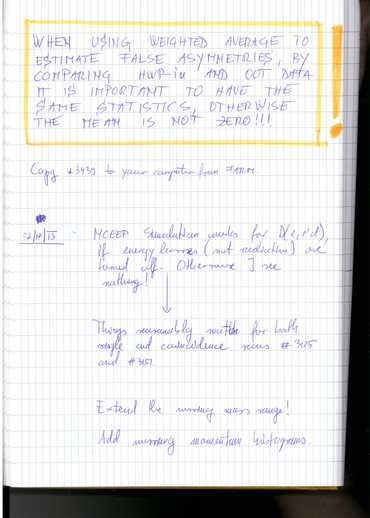
Here are also the improved data:
06.) 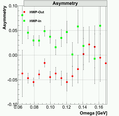 07.)
07.) 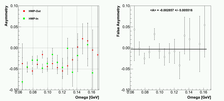 08.)
08.) 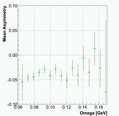 09.)
09.) 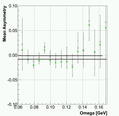 10.)
10.) 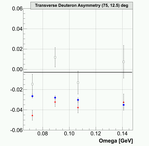
We also modified the way we calculate the errors for the theoretical
asymmetries that were shown on our plots. Simon and I agreed that the
sigma of the asymmetry spread is not the correct value, since it
does not change with the statistics. Therfore, we decided to use
1/sqrt(N) for the error, where error is the number of events in
each p_miss bin. This way error for theoretical asymmetry has
similar interpretation than measured asymmetry. This also corresponds
to an error, that we would get if the full MCEEP simulation would be
made.
MCEEP simulation for Deuteron:
I started working on MCEEP simulation for d(e,e'd) and d(e,e'p)n.
I normalized the simulation to the collected charge, corrected for
Dead-time and PS-factors. The figures below show combined results
for both reaction channels. Plots show, that results are reasonable,
but not yet perfect. Some work is still required to improve the agreement
between MCEEP and real DATA.
HRSL single run #3125
11.) 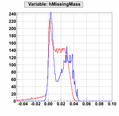 12.)
12.) 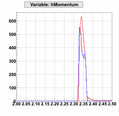 13.)
13.) 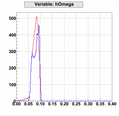 14.)
14.) 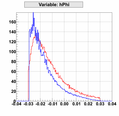
15.) 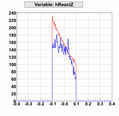 16.)
16.) 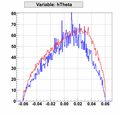
HRSL+BB coincidence run #3151
17.) 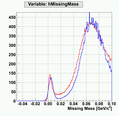 18.)
18.) 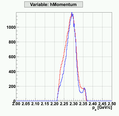 19.)
19.) 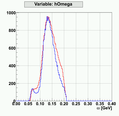 20.)
20.) 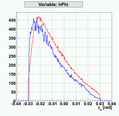
21.) 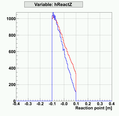 22.)
22.) 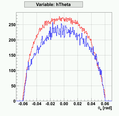
Last modified: 02/27/13
 02.)
02.) 
 04.)
04.)  05.)
05.) 
 07.)
07.)  08.)
08.)  09.)
09.)  10.)
10.) 
 12.)
12.)  13.)
13.)  14.)
14.) 
 16.)
16.) 
 18.)
18.)  19.)
19.)  20.)
20.) 
 22.)
22.) 